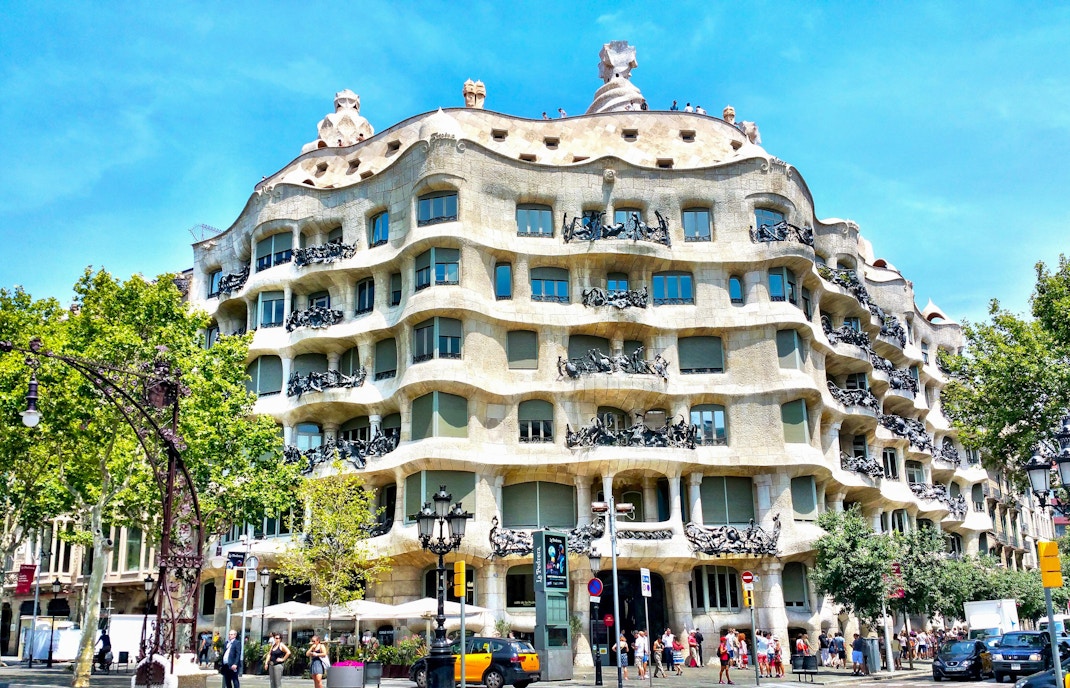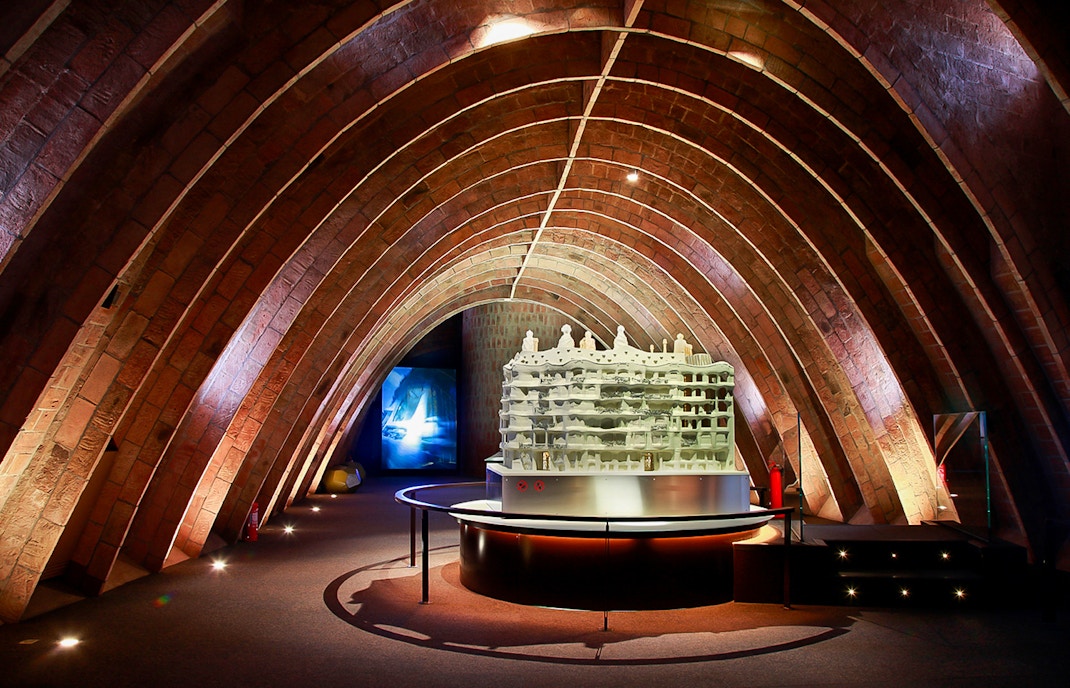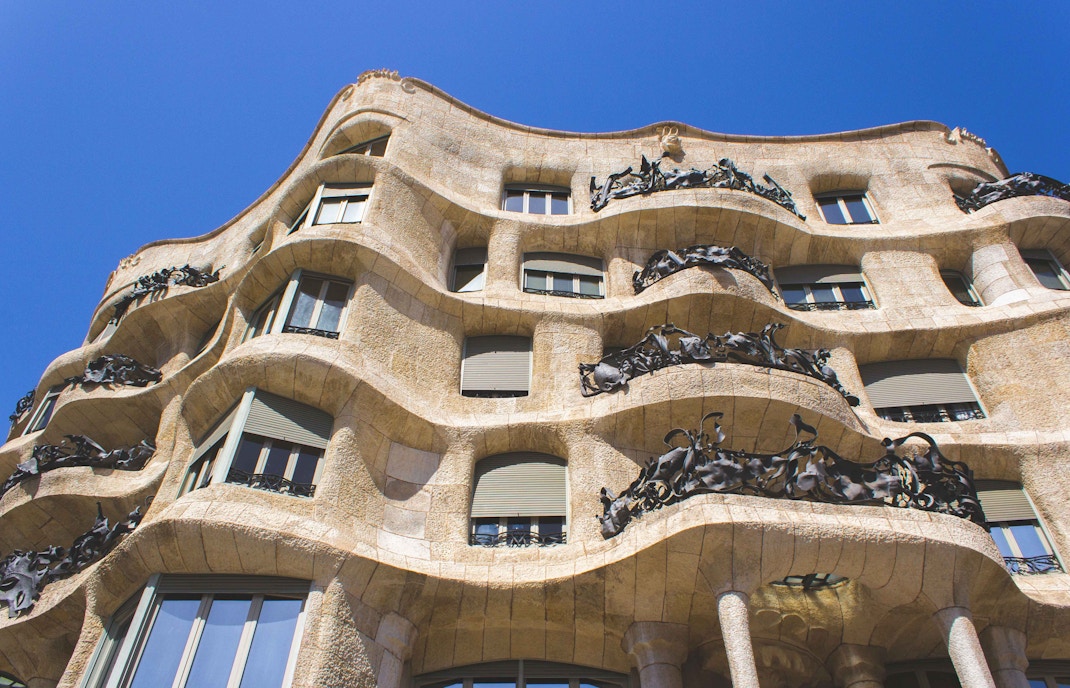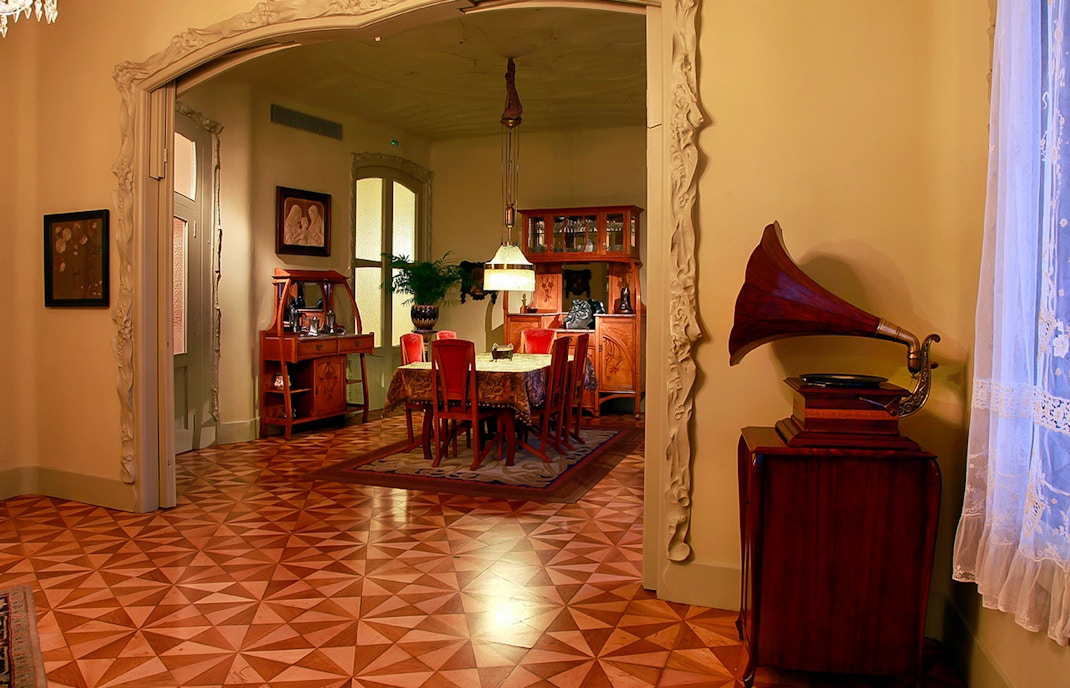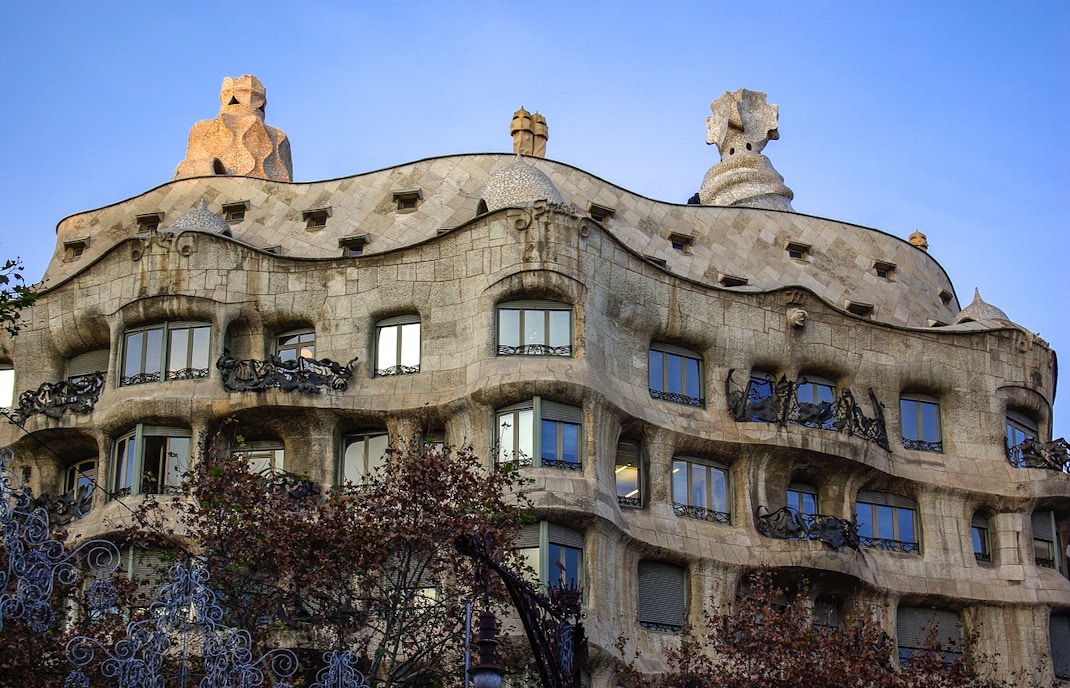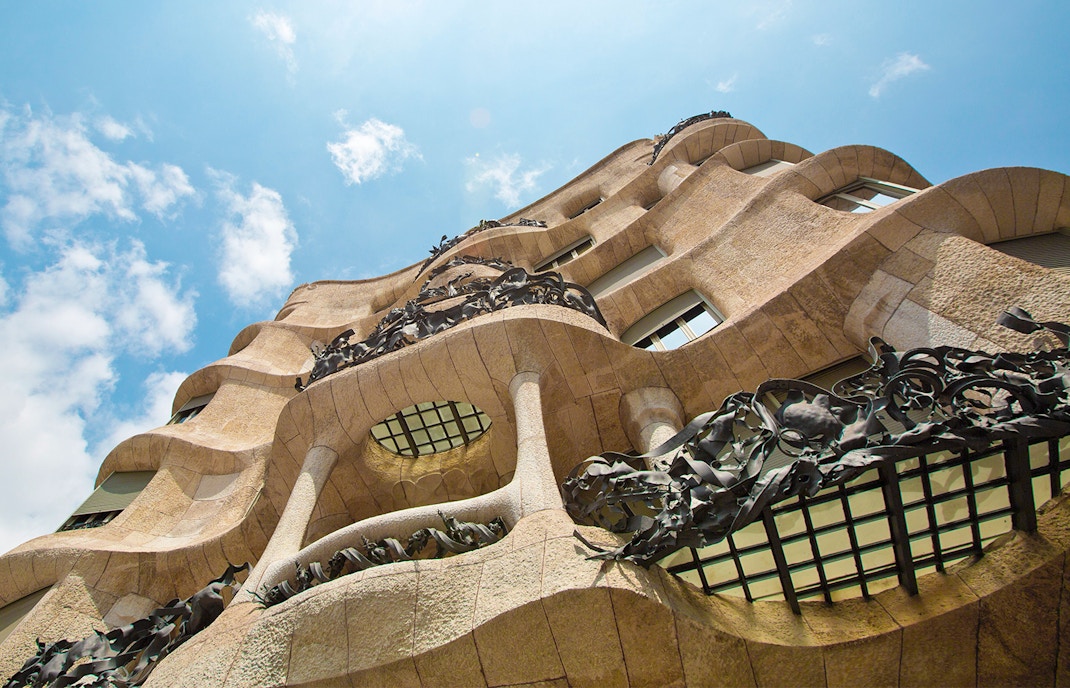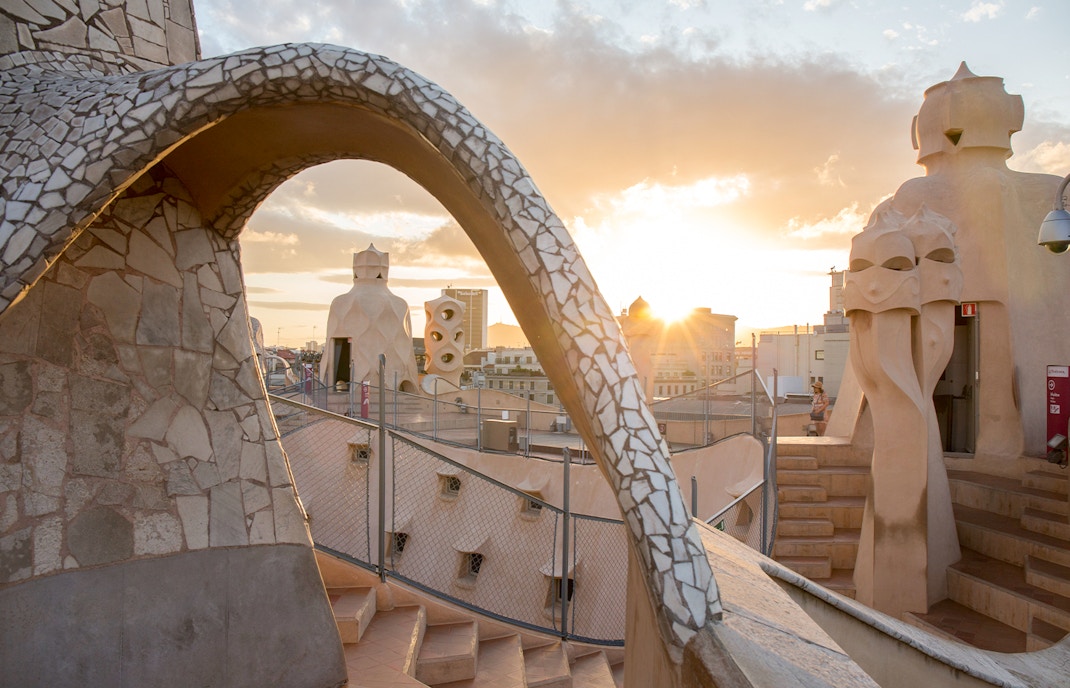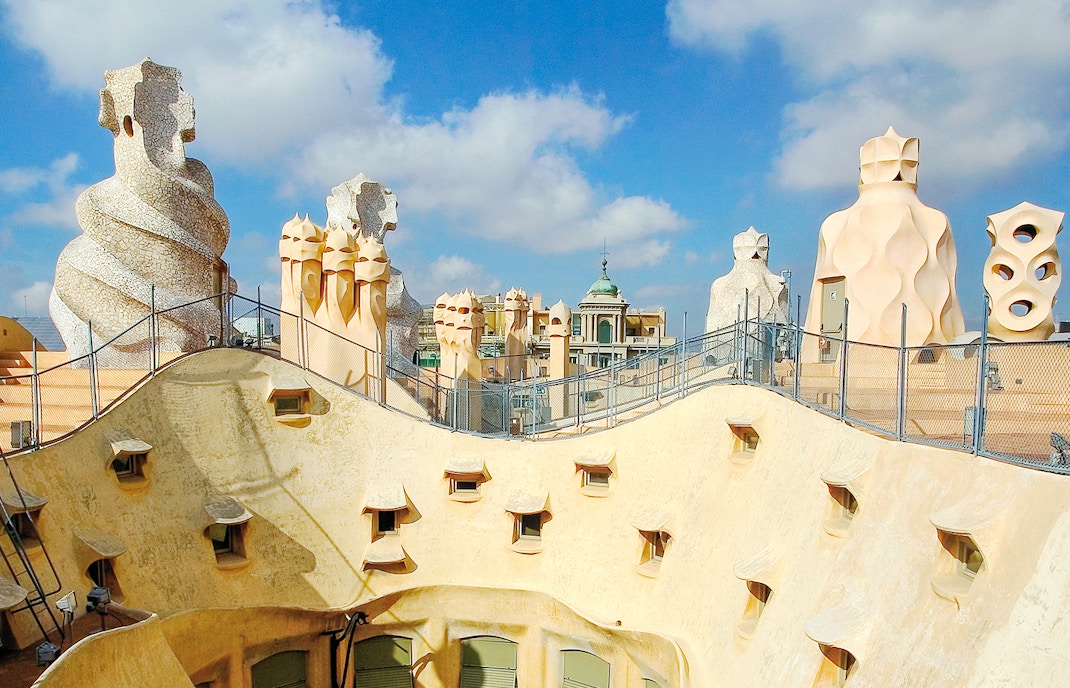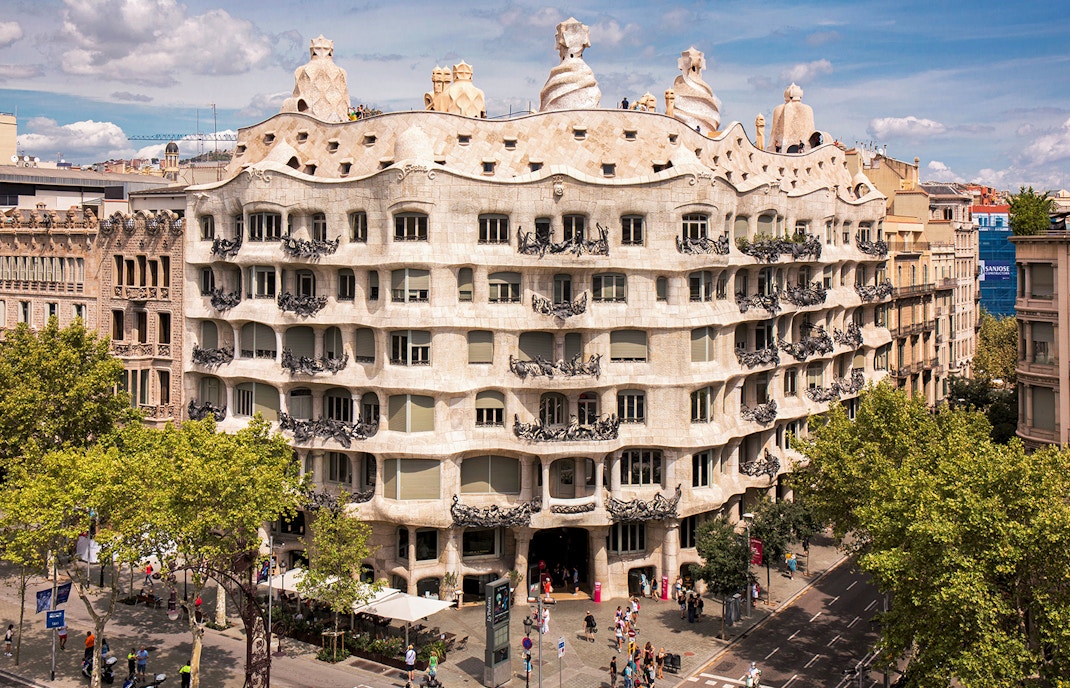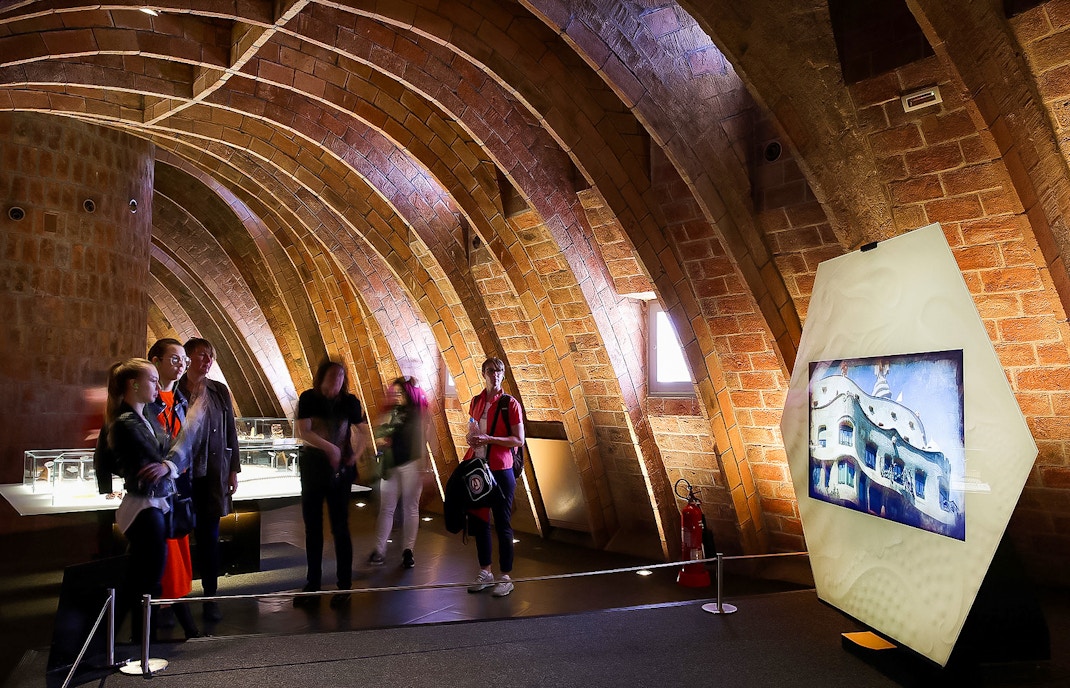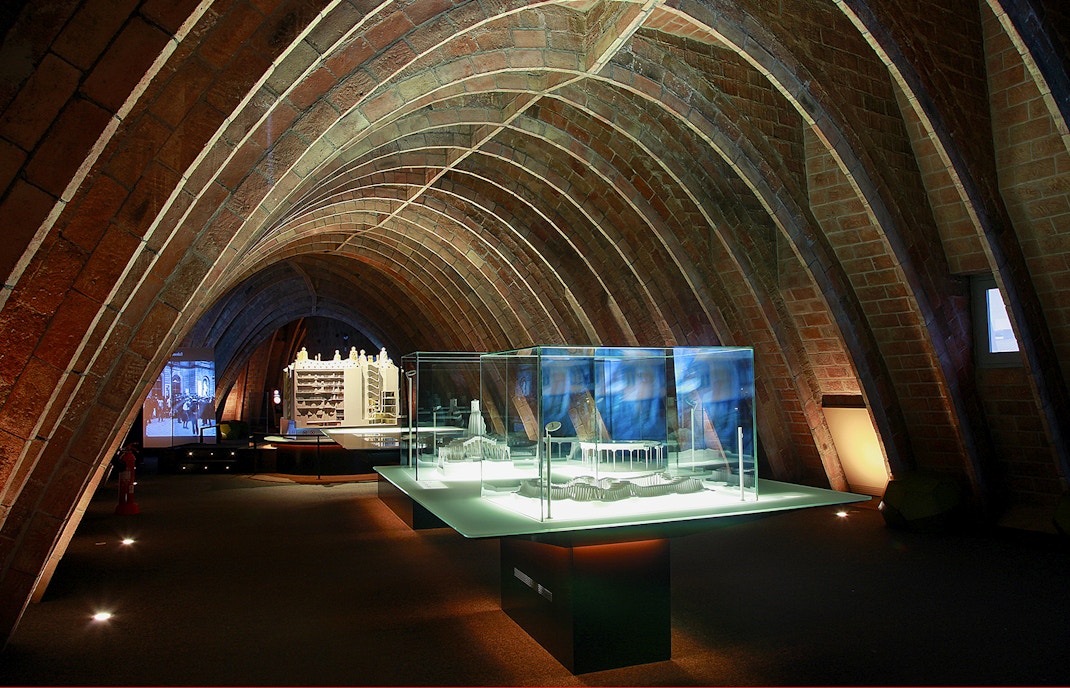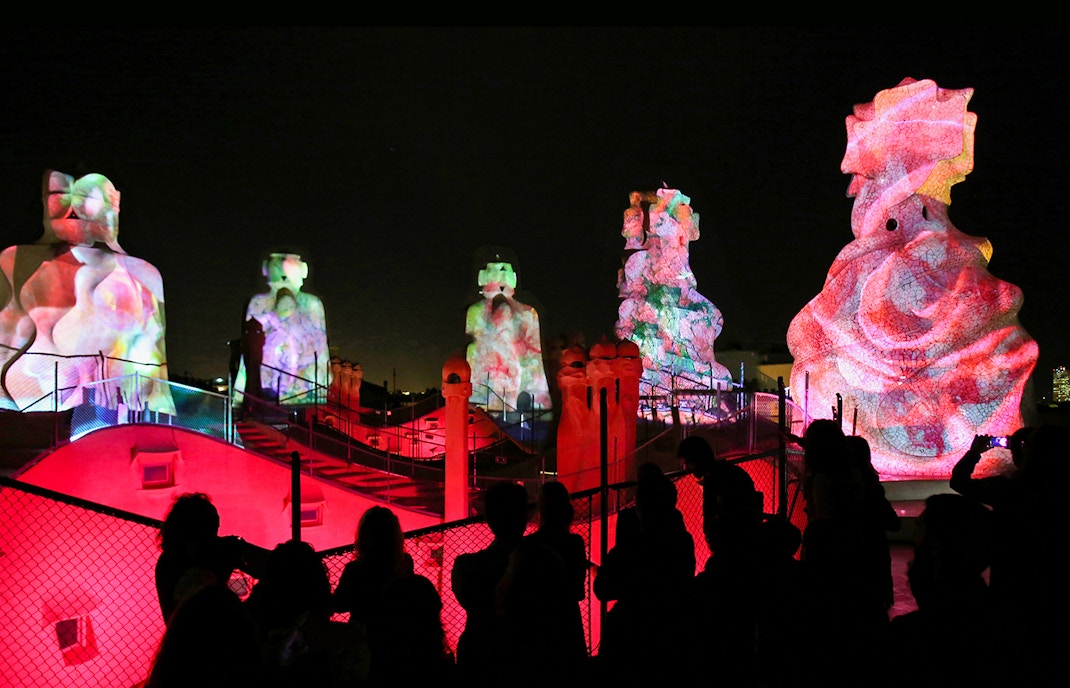La Casa Milà was commissioned by Pere Milà i Camps and his wife Roser Segimon i Artells as their family home. Pere Milà was a successful businessman who made his fortune in the real estate industry, and he hired Antoni Gaudí to design the building. The couple lived in the building until they died, and it has since been open to the public as a museum and cultural center. The building was designed to be a modern and comfortable family home, and it features a range of amenities including a rooftop terrace, a swimming pool, and a stable for horses.

